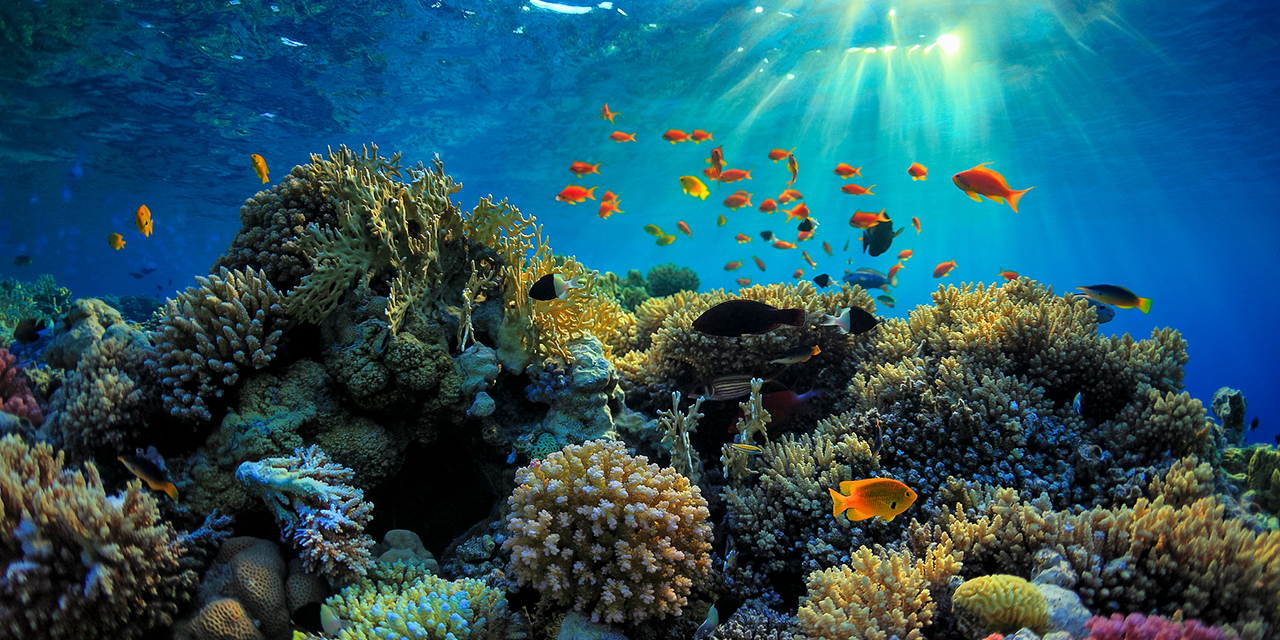The Great Barrier Reef is one of the world’s most magnificent natural wonders, stretching over 2,300 kilometres along the coast of Australia. However, in recent years, the reef has experienced severe bleaching events due to rising ocean temperatures caused by climate change. While the bleaching events have caused significant damage to the reef’s delicate ecosystem, there are positive outlooks to consider.
Firstly, there has been an increase in awareness and action towards protecting the Great Barrier Reef. The bleaching events have caught the world’s attention, and there has been a global effort to address the issue. Governments, organizations, and individuals have taken steps towards reducing greenhouse gas emissions, implementing better waste management systems, and promoting sustainable practices. For example, the Australian government has invested millions of dollars in improving water quality and reducing pollution that harms the reef. These actions are positive indicators that demonstrate the world’s determination to protect this valuable natural resource.
Secondly, the Great Barrier Reef has shown resilience in recovering from bleaching events. The reef is a complex and dynamic ecosystem, and it has the ability to bounce back from environmental stressors. After the 2016 and 2017 bleaching events, researchers found that some parts of the reef had recovered, with new coral growth and biodiversity returning. This demonstrates that the reef has the potential to regenerate and repair itself, providing hope for its future survival.
 Thirdly, there is a growing movement towards innovative solutions to help the reef recover. Scientists and researchers are exploring new technologies to aid in coral restoration, such as the development of “coral gardening” techniques that involve growing new coral in nurseries and then transplanting them onto damaged parts of the reef. There are also efforts to develop artificial reefs to help support the ecosystem and provide habitats for marine life. These innovative solutions show promise in helping to rebuild the reef and ensure its future survival.
Thirdly, there is a growing movement towards innovative solutions to help the reef recover. Scientists and researchers are exploring new technologies to aid in coral restoration, such as the development of “coral gardening” techniques that involve growing new coral in nurseries and then transplanting them onto damaged parts of the reef. There are also efforts to develop artificial reefs to help support the ecosystem and provide habitats for marine life. These innovative solutions show promise in helping to rebuild the reef and ensure its future survival.
In conclusion, while the Great Barrier Reef’s bleaching events have caused significant damage, there are positive outlooks to consider. The increased awareness and action towards protecting the reef, its natural resilience, and developing innovative solutions offer hope for the reef’s future. The protection and preservation of the Great Barrier Reef are vital not only for its natural beauty and diversity but also for the countless species that depend on it, and the communities that rely on it for their livelihoods. It is our responsibility to work together to ensure that the Great Barrier Reef thrives for generations to come.
Come and see for yourself as there are many day or overnight trips to choose from. If you love a bit more adventure and want to see the most pristine Reef areas then maybe look at a Ribbon Reef trip. Not sure where to go? Check out our page here which explains what the different areas are in the Great Barrier Reef marine park.
